The Course Report
Sea Island Resort


About Sea Island
The RSM Classic utilizes a two-course rotation during the first two rounds of the tournaments. Each player will play the Seaside or Plantation course during the first two rounds. Good news…these courses are some of the easiest that we will see on Tour. The bad news? The Plantation course is not equipped with Shot Link data. But have no fear. The course plays easier than the Seaside. Take advantage where you can.
Neither course demands length or power, and almost every tournament has become a short-game magic show. Essentially, you’re looking at courses that will provide spectators with “traditional” golf. The way it was “meant” to be played. Regardless of your sentiment to old school PGA Tour, the players you’re seeking are in abundance in terms of residence, Bermuda experts, and course history.
One of the key aspects that goes overlooked is that these greens have been overseeded with perennial rye. So, make sure that you’re paying attention to the caddies, players, and pre-round information as that could potentially ruin any lineups that are high on Bermuda putters. History has shown that sometimes the grass goes dormant and sometimes it is as lush as a warm summer day.
Your focus this week needs to be on the Seaside course, and potential weather draws that might give your lineups a distinct advantage. I would look for players who have performed well here in the past, as they have had resounding succeess for both the Sportsbook as well as DFS.
Players that grew up in the area tend to love this course as well. It reminds them of the local courses they grew up playing as kids, and to be fair, just offers a bit of nostalgia to old school golf.
Now there are numbers out there. With that much water, sand, and waste areas you’re going to see some of the top plays get a bogey or two. Add some crosswinds, and there are some holes that can be “challenging”. The pins will have to play aggressive and it is key that you focus on greens in regulation and ball striking.
A quick little money-making nugget. One of the best ways is to target cash game players in showdown slates who are teeing off at the Plantation Course. Scoring, Draftkings scoring and just the simplicity of the course is going to be beneficial to anyone who is focusing on starting times. For the main slate, there might be a weather advantage to what day a player gets a certain course due to the coastal winds.
And a tidbit…Zach Johnson lives here and loves it here. It isn’t going to be a secret by weeks end but use it how you wish.
Seaside Course
Architect: Harry Colt and Charles Alison (1929) Tom Fazio redesign (1999)
Greens: Bermudagrass
Green Size: 7,200 sq. feet – Larger
Stimpmeter: 12-12.5 – Fast
Length: 7,005 – Par 70
Water Hazards: 13 holes come into play
Bunkers: 47 bunkers in addition players will have to manage waste areas.
Plantation Course (played once)
Architect: Walter Travis (1929) – Davis Love and Mark Love redesign (2019)
Greens: Bermudagrass
Green Size: 6,800 sq. feet – Average
Stimpmeter: 12-12.5 – Fast
Length: 7,060 – Par 72
Water Hazards: 10 holes come into play
Bunkers: 81 bunkers in addition players will have to manage waste areas.

Weather Forecast
Approach Shot Distribution
Past Winners

Gooch dominated on approach, was in the top-10 in putting, and finished in the top-3 around the green to bring home his first PGA Tour win.
Even with Mac Hughes shooting a -8 on Sunday, Gooch really never felt the pressure as he won the tournament at -22.
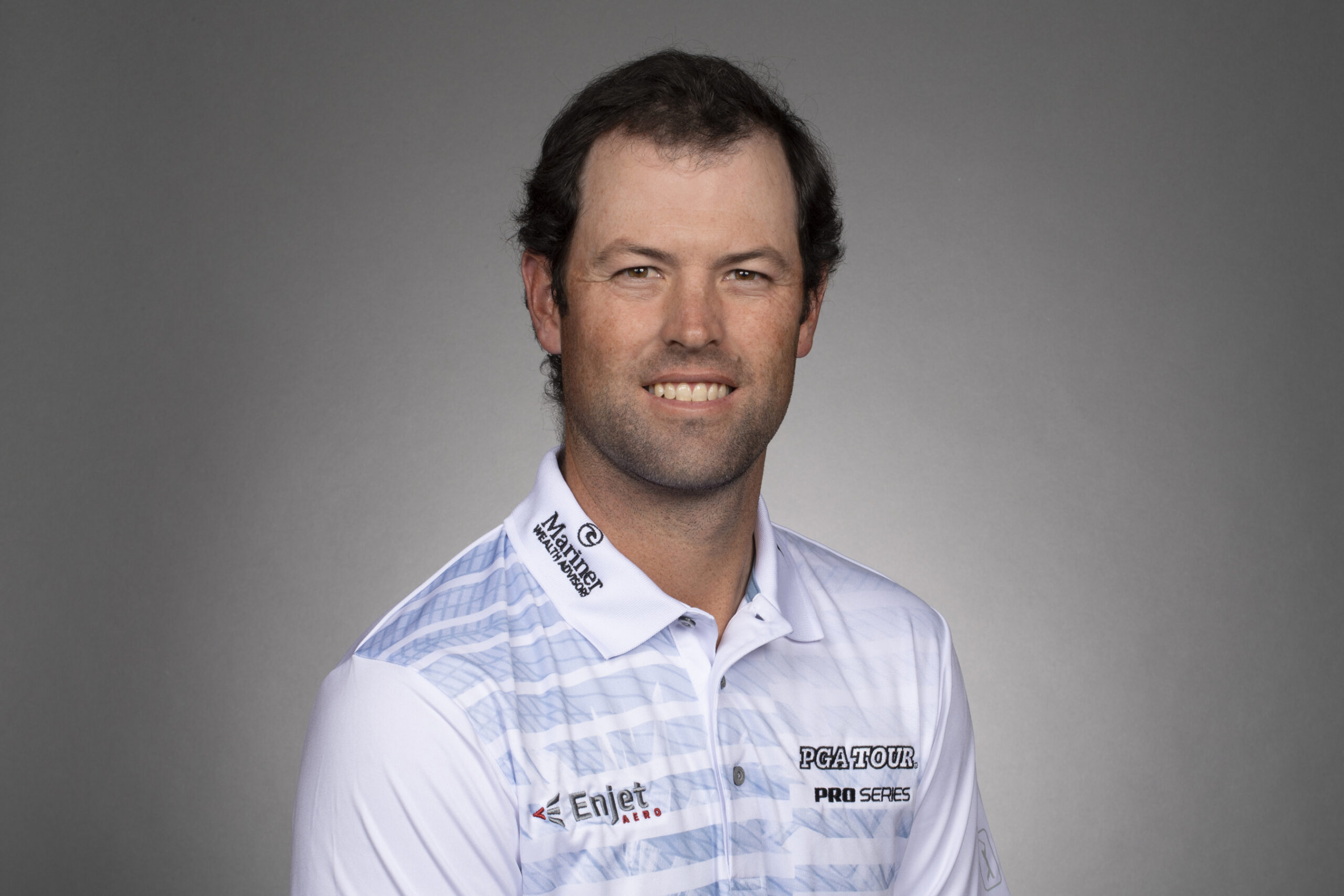
An 8-foot par putt kept the dream alive for Streb as he was then able to beat Kevin Kisner in extra holes.
The win provided Streb with his second victory on the PGA Tour, and sealed his tour card at the just the right time.

Since turning pro in 2012, Duncan had yet to win on the PGA Tour. More than 150 starts later, Duncan was able to call himself a champion.
The final round was cold and windy. For any player looking at his first win, plenty of concern would exist. Yet, Duncan excelled in the harsh conditions and walked away with the victory.
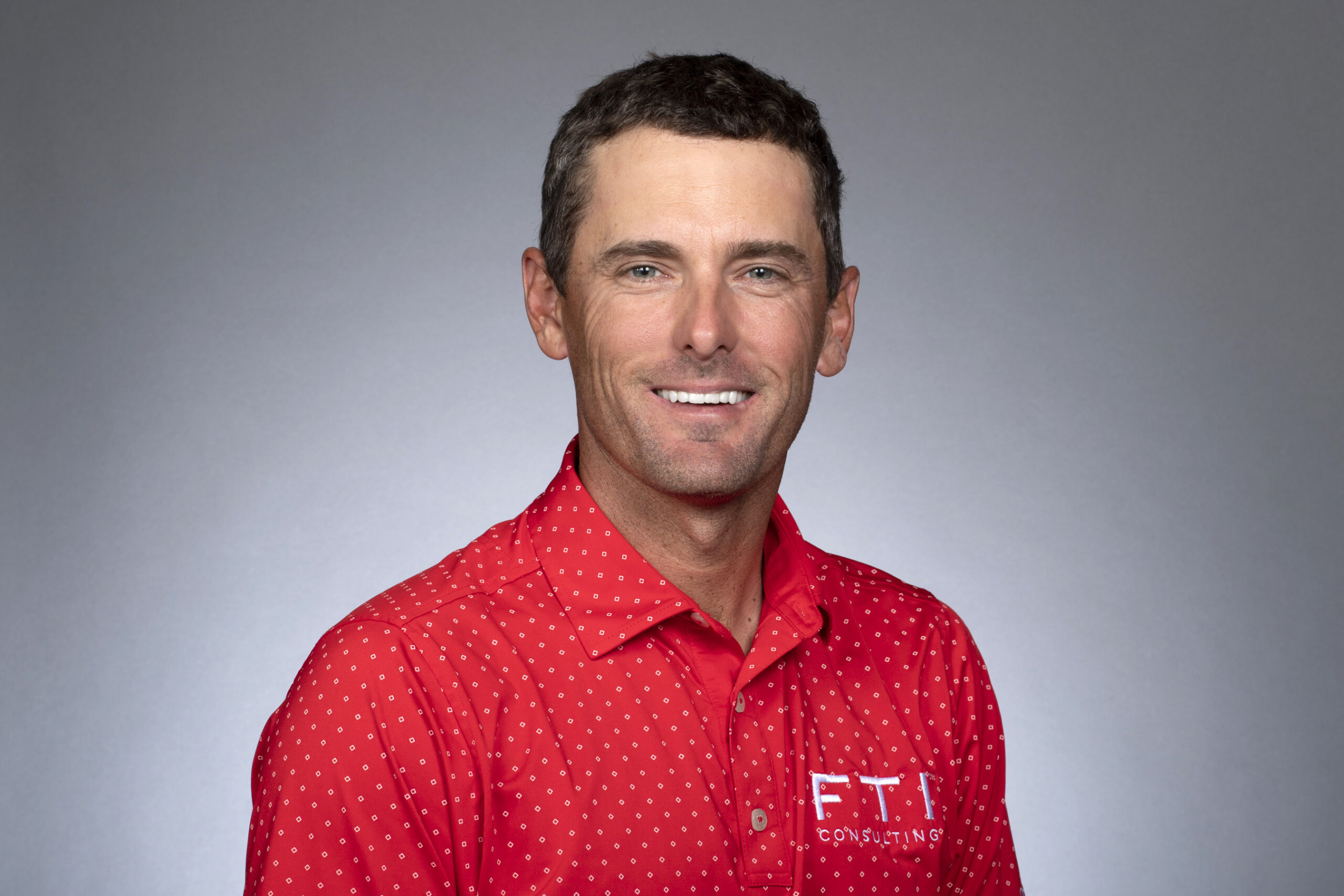
Playoffs are often occur at the RSM, and this year was no different. Howell made a 15-foot birdie on the second playoff hole to out last Patrick Rodgers. This was Howell’s first win since 2007.
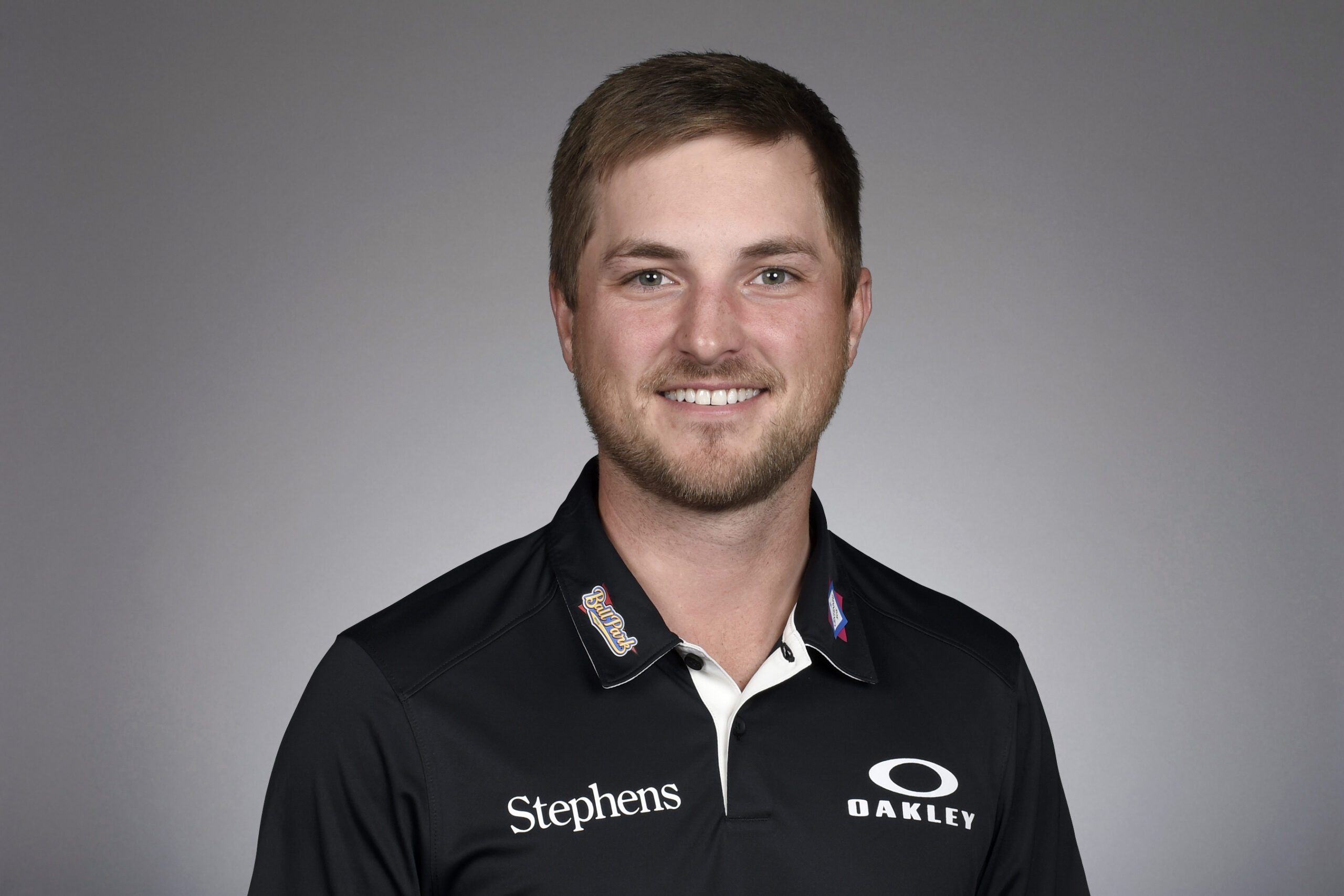
Another first time winner for the RSM Classic. Cook’s win was a little different. This wasn’t a grinder returning to victory or a player who had been on tour for years. Cook’s win came in his rookie campaign.
Cook had 23 birdies on the week, and was able to cast doubt on anyone who was hoping to challenge him.
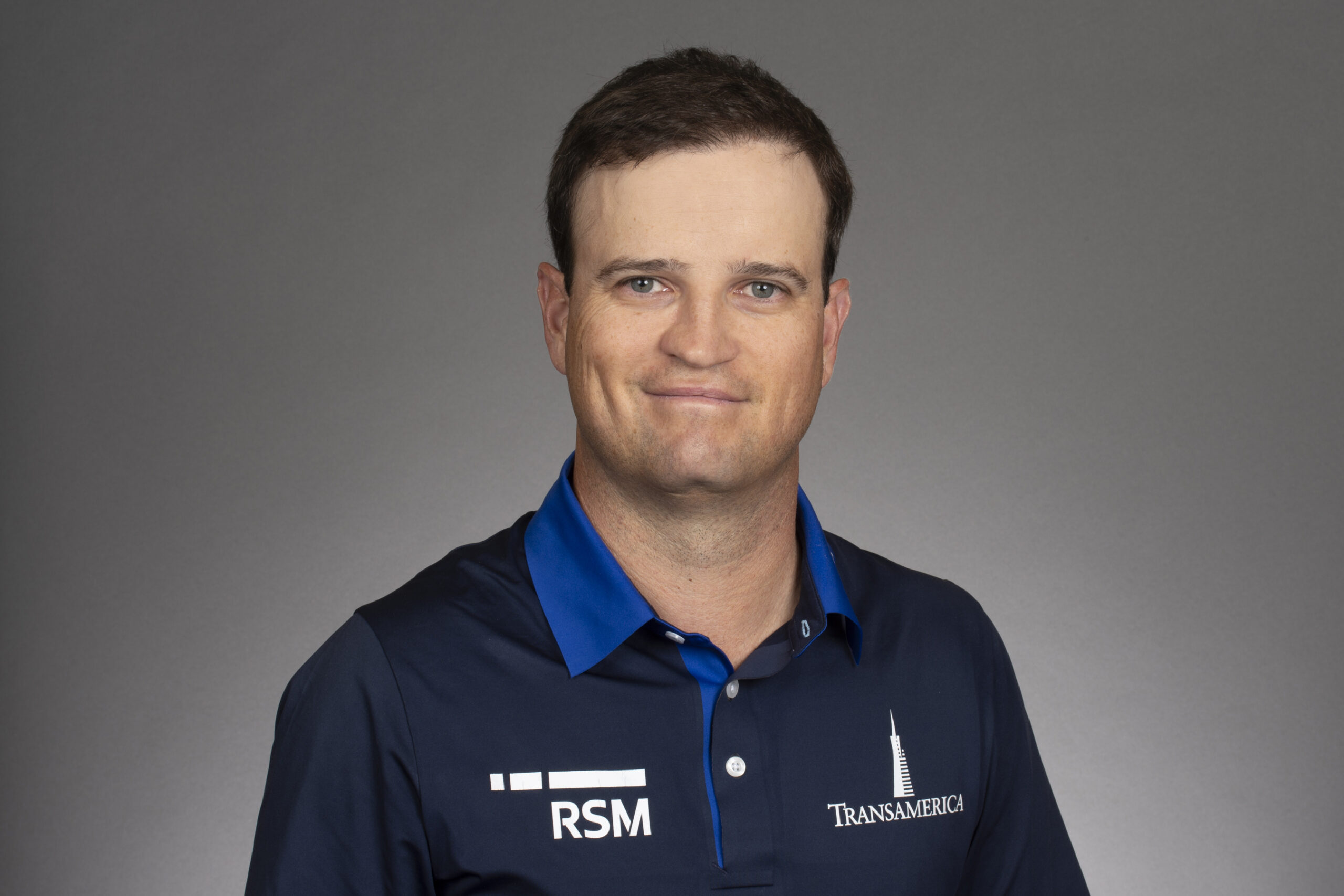
It took a 3-man playoff, but Johnson beat Louis Ossthuizen and Marc Leishman by shooting a 15, 1 under in a four hole playoff.
Johnson was a surprise win as just the week before his prep came in Illinois at the John Deere Classic. This was Johnson’s second major win, and his first Claret Jug.
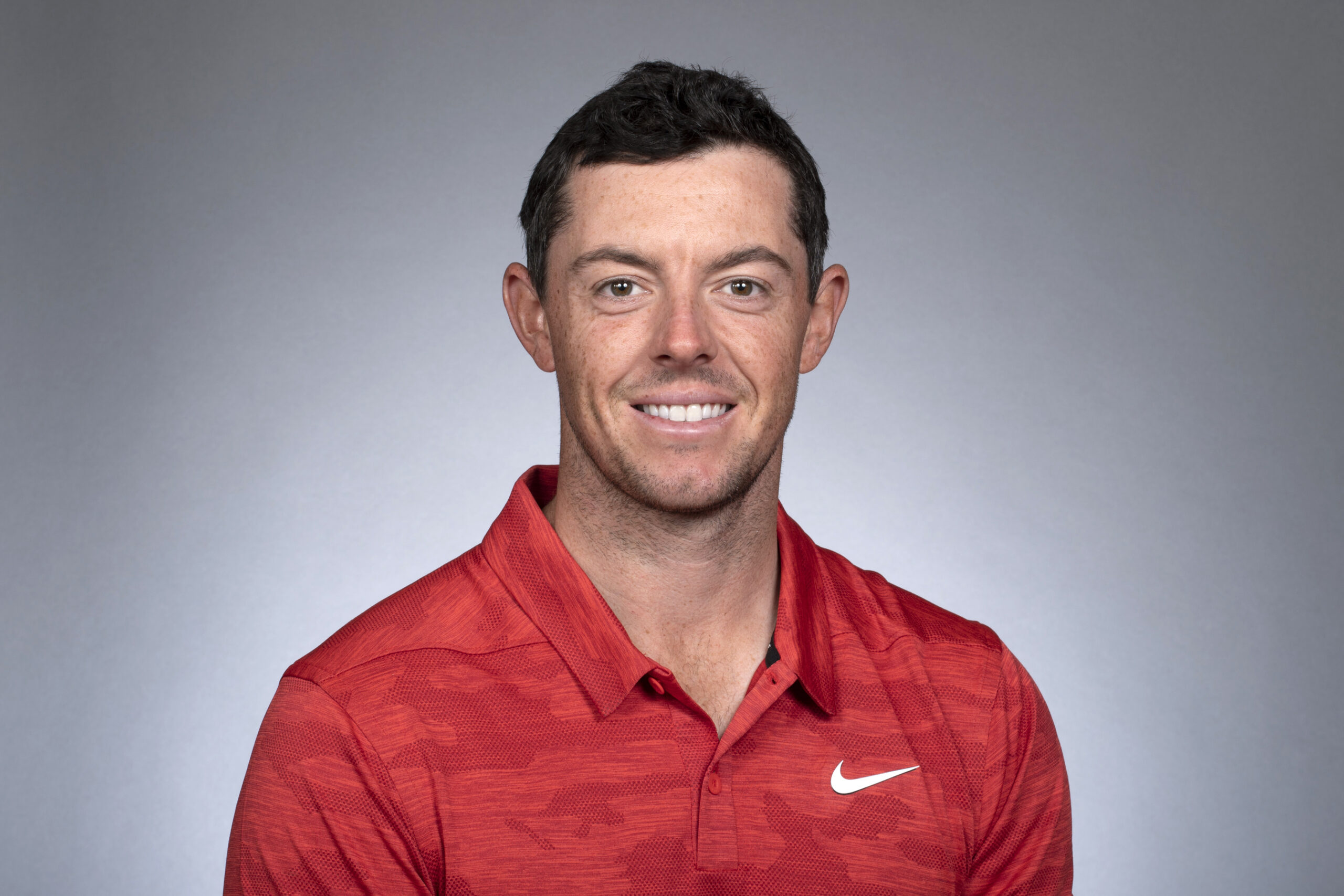
Entering with a six-stroke lead over the field, McIIroy went from dominant to just hanging on. Still, no golfer ever got withing two strokes the entire day, and he held his composure despite struggles off the tee and on the greens.
In winning, McIIroy became the seventh wire-to-wire winner in Open Championship history.

After winning the Scottish Open the week prior, Mickelson birdied four of the last six holes and became the Open Champion.
To this point, Phil had come close to winning, but had often doubted his abilites on links style courses.

Els began Sunday 6 shots back, but still clinched the vicotry after Adam Scott imploded.
Els’ 68 was a comeback of epic proportions when you consider the fact that Scott was still winning by 4 strokes on the 15th tee.
